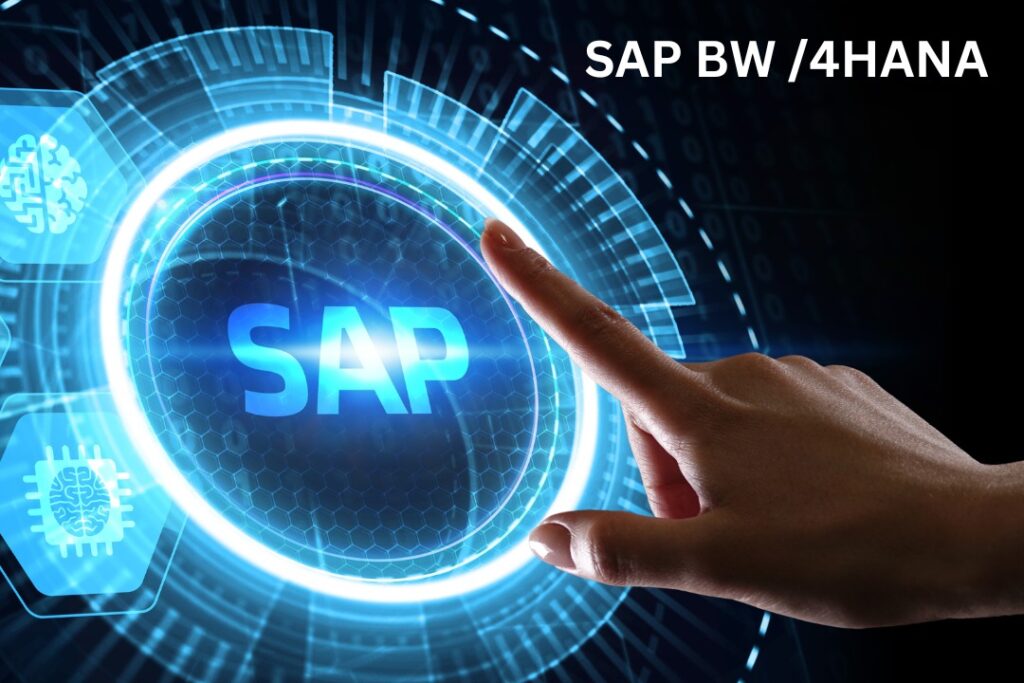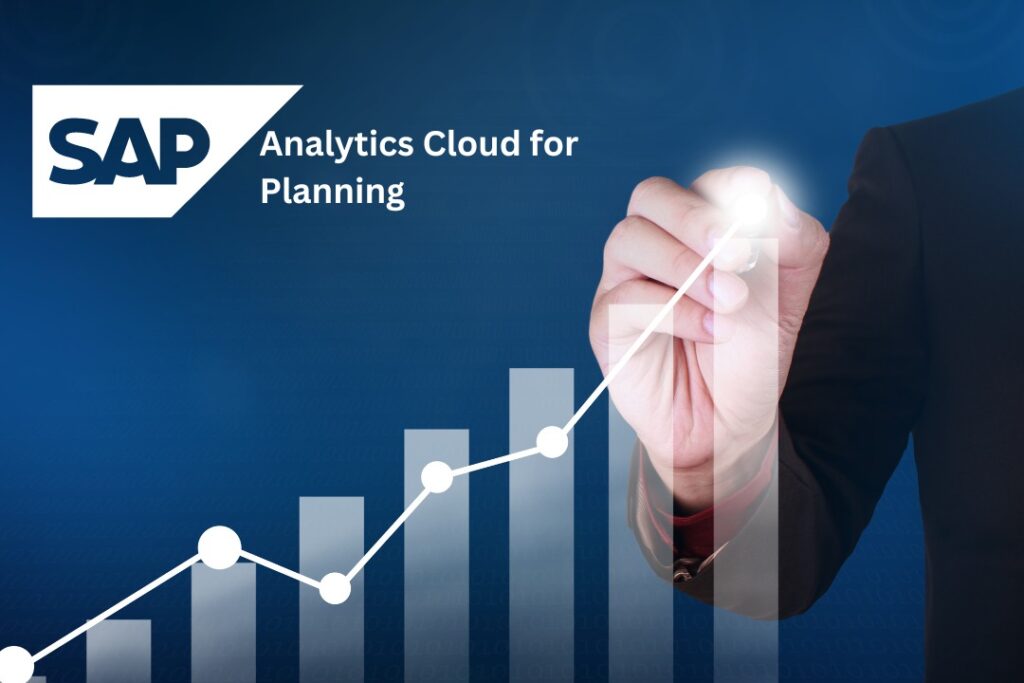SAP Datasphere and HANA cloud Course Details
SAP Datasphere and HANA Cloud Course Overview by GreenByte Technologies
Instructor: Sreekanth, Trainer with 16 years of experience in SAP Technologies, including SAP HANA, SAP BW on HANA, SAP BI, SAP Datasphere, and SAP Analytics Cloud.
Introduction to SAP Datasphere and HANA Cloud
SAP's cloud offerings have been transforming businesses by providing a powerful, scalable, and efficient platform to manage and analyze enterprise data. The SAP HANA Cloud and SAP Datasphere represent the pinnacle of SAP’s data management, integration, and analytics technologies. These technologies are designed to provide organizations with tools to seamlessly manage vast amounts of data, run advanced analytics, and make data-driven decisions faster.
This course, taught by Sreekanth, a seasoned expert with over 16 years of experience in SAP technologies, will walk you through the essentials of SAP HANA Cloud and SAP Datasphere. Whether you're a beginner or an advanced user, this course will help you build a solid foundation for leveraging SAP's powerful cloud solutions for data management and analytics.
SAP HANA Cloud Overview
SAP HANA Cloud is a fully managed cloud database service designed to handle mission-critical applications with high availability, scalability, and performance. It is part of the broader SAP Business Technology Platform (BTP) and provides companies with the tools to manage structured, unstructured, and semi-structured data in real-time.
Key Features of SAP HANA Cloud:
-
In-Memory Computing: SAP HANA Cloud is built around the in-memory computing capabilities of SAP HANA. This means that data is processed in memory rather than being read from disk, leading to faster query performance and reduced latency.
-
Data Integration and Virtualization: It supports data integration from various on-premise and cloud sources. Data virtualization allows users to access disparate data sources without moving them physically into one central repository.
-
Elastic Scalability: SAP HANA Cloud provides auto-scaling, enabling organizations to scale their infrastructure based on demand without manual intervention. This ensures that enterprises pay only for the resources they use.
-
Security and Compliance: SAP HANA Cloud offers robust security features, including encryption at rest and in transit, identity management, and compliance with industry standards and regulations such as GDPR.
-
Multi-Cloud Deployment: SAP HANA Cloud is designed to work across different cloud environments, including AWS, Microsoft Azure, and Google Cloud, giving businesses the flexibility to choose their preferred cloud provider.
-
Advanced Analytics: The cloud-native solution integrates with SAP’s advanced analytics tools, including SAP Analytics Cloud, allowing organizations to perform high-performance analytics on large volumes of data.
SAP Datasphere Overview
SAP Datasphere is a data management solution that allows businesses to integrate, access, and analyze data from diverse sources across the organization. It’s the next evolution of SAP Data Hub, offering enhanced capabilities for data orchestration, governance, and integration.
Key Features of SAP Datasphere:
-
Data Integration: SAP Datasphere provides native connectors for integrating with SAP and third-party systems. It allows organizations to seamlessly connect their data across hybrid environments, whether it is on-premises or in the cloud.
-
Data Orchestration: The platform includes powerful orchestration capabilities for managing data workflows across a distributed environment. This ensures that data flows smoothly across various systems and applications, helping companies streamline their data operations.
-
Data Governance: Data governance tools in SAP Datasphere ensure data quality, compliance, and consistency. It includes features such as data lineage, data cataloging, and metadata management, which are critical for organizations dealing with large, complex datasets.
-
Data Sharing and Collaboration: SAP Datasphere enables organizations to share data securely across departments and with external partners. It allows for easy collaboration, improving decision-making processes by ensuring that all stakeholders have access to accurate, real-time data.
-
Unified Data Access: With SAP Datasphere, users can access data from multiple systems in a unified manner. This means that even if the data is stored in different formats, locations, or systems, it can be queried and analyzed through a single platform.
-
Advanced Data Analytics: By combining SAP Datasphere with SAP Analytics Cloud, users can perform sophisticated analytics such as predictive analytics, machine learning, and artificial intelligence directly on their data.
Practical Applications of SAP HANA Cloud and SAP Datasphere
-
Real-Time Analytics: Using SAP HANA Cloud's in-memory computing and SAP Datasphere's data integration capabilities, organizations can perform real-time analytics on live data. For example, a retail business can analyze real-time customer behavior data and adjust marketing campaigns instantly.
-
Supply Chain Optimization: By integrating data from various systems (ERP, IoT, external vendors), SAP HANA Cloud and SAP Datasphere can be used to optimize supply chain operations. This includes real-time monitoring of inventory, demand forecasting, and dynamic scheduling.
-
Customer Insights and Personalization: SAP’s tools allow businesses to collect and analyze customer data across multiple touchpoints. Using predictive analytics in SAP Analytics Cloud (connected to SAP HANA Cloud), companies can gain insights into customer preferences and offer personalized recommendations.
-
Predictive Maintenance: In manufacturing industries, SAP HANA Cloud and SAP Datasphere can integrate IoT sensor data to predict equipment failures before they occur, allowing businesses to implement proactive maintenance schedules.
-
Financial Reporting and Analytics: SAP Datasphere can aggregate data from different financial systems, and when combined with SAP HANA Cloud’s fast processing capabilities, it can help finance departments create accurate, timely reports and financial forecasts.
The Role of SAP HANA in Data Management
SAP HANA Cloud is often considered the backbone of SAP's data management strategy due to its high-performance, in-memory architecture. It serves as the centralized data platform that can store, manage, and process large volumes of data in real-time. Organizations use SAP HANA Cloud to:
- Consolidate Data: By bringing together data from different systems, SAP HANA Cloud enables organizations to have a single source of truth.
- Ensure Speed and Performance: Its in-memory computing capabilities allow for lightning-fast analytics and query responses.
- Leverage Advanced Features: SAP HANA Cloud supports machine learning, artificial intelligence, and advanced analytics capabilities that help businesses gain insights from data faster.
Integrating SAP Datasphere with SAP Analytics Cloud
SAP Datasphere and SAP Analytics Cloud work hand-in-hand to provide a comprehensive data management and analytics ecosystem. While SAP Datasphere focuses on data integration, governance, and orchestration, SAP Analytics Cloud delivers advanced analytics, reporting, and visualization.
By integrating the two, businesses can:
- Perform Predictive Analytics: Use the data curated in SAP Datasphere for advanced statistical modeling, forecasting, and trend analysis in SAP Analytics Cloud.
- Create Interactive Dashboards: With the data flow from SAP Datasphere, users can build interactive, visually appealing dashboards that provide insights in real-time.
- Collaborate on Analytics: Teams across different departments can access shared data and collaborate on insights, making the decision-making process faster and more accurate.
- Automate Reporting: Users can automate their reporting process, eliminating manual data extraction, transformation, and reporting tasks.
SAP HANA Cloud and SAP Datasphere Architecture
The architecture of SAP HANA Cloud and SAP Datasphere is designed to be flexible, scalable, and secure, allowing businesses to easily scale up their data operations as needed.
-
SAP HANA Cloud Architecture:
- Data Storage: It leverages cloud-native storage solutions and in-memory data processing capabilities.
- Data Access: SAP HANA Cloud supports multiple data access methods, including SQL, OData, and REST APIs.
- Data Processing: It provides powerful computation engines for real-time and batch data processing.
-
SAP Datasphere Architecture:
- Data Orchestration Layer: Manages the movement and transformation of data across systems.
- Data Governance Layer: Ensures data consistency, quality, and compliance across the enterprise.
- Data Virtualization Layer: Enables unified access to data without physically moving it.
Benefits of SAP HANA Cloud and SAP Datasphere for Businesses
- Increased Agility: The scalability and flexibility of SAP HANA Cloud enable businesses to quickly adapt to changing business environments and scale as needed.
- Better Decision-Making: Real-time analytics and data access improve decision-making capabilities by providing up-to-date, accurate insights.
- Cost Efficiency: The cloud-based nature of SAP HANA Cloud and SAP Datasphere allows businesses to only pay for what they use, reducing upfront capital expenditure and offering cost-effective data management solutions.
- Seamless Data Integration: The ability to integrate and orchestrate data from diverse sources simplifies the data management process, leading to more accurate and comprehensive insights.
- Improved Collaboration: With shared data access, teams can collaborate more effectively, ensuring that everyone is working with the same data and insights.
SAP Datasphere and HANA cloud
▪ This course covers all key capabilities of SAP Datasphere and mainly focuses on Data integration, preparation, modeling and analytical objects development.
▪ It also covers native HANA cloud capabilities, BAS HANA DB object development for data integration and modeling.
▪ Provides required knowledge for Data engineer certification(C_HAMOD) and Data Engineer-Data bric(C_BW4H) only for the Datasphere part.
▪ Target participants: SAP Data Engineers, BI developers and Data analysts.
▪ Prerequisites: there is no specific skillset required to attend this course. Prior HANA ETL, modeling knowledge is an advantage but not mandatory.
Course duration 6 weeks
Frequency Mon, Tue, and Thur – 1 hour each day
Sat and Sun – 2 hours each day
Time Mon, Tue and Thur: 8.30 – 9.30 PM EST and
Sat and Sun: 8 AM to 10 AM - EST
SAP Datasphere and HANA cloud Curriculum
SAP Datasphere and HANA cloud Faq’s
SAP Datasphere and HANA cloud Reviews
SAP Datasphere and HANA cloud rated (5.0 / 5) based on 1 reviews.Vineet Roy
I completed my SAP HANA Training with Sreekanth at GreenByte Technologies four years ago, and I can confidently say that it was an excellent learning experience. Sreekanth is an outstanding trainer with deep expertise in SAP technologies, making complex concepts easy to understand. His practical approach to teaching and real-world examples made the training truly valuable. Now, I am eagerly awaiting his new course on SAP Datasphere and HANA Cloud. Given my positive experience with SAP HANA training, I have no doubt that this course will be just as exceptional. I highly recommend GreenByte Technologies for anyone looking to enhance their skills in SAP Datasphere.

